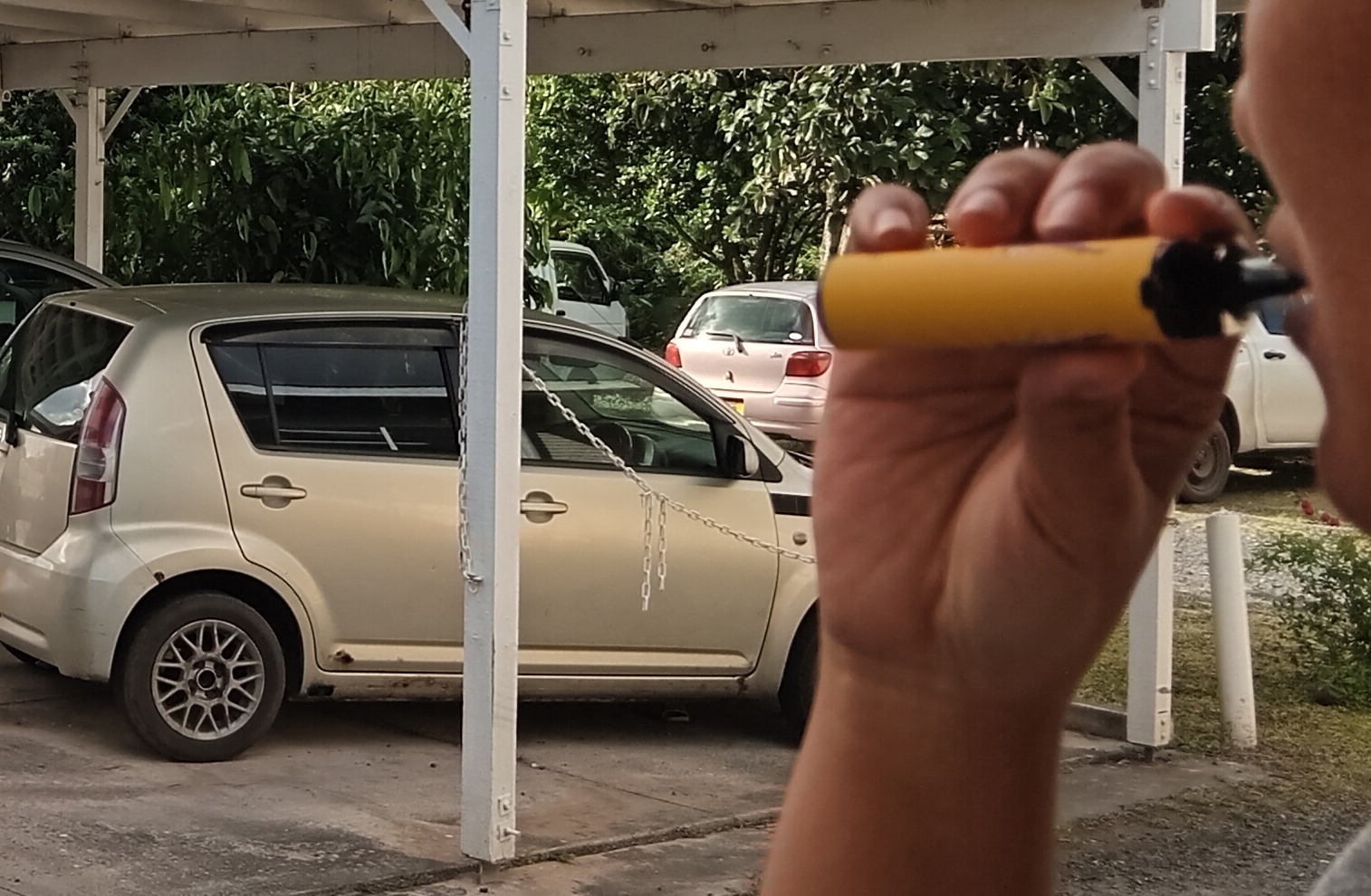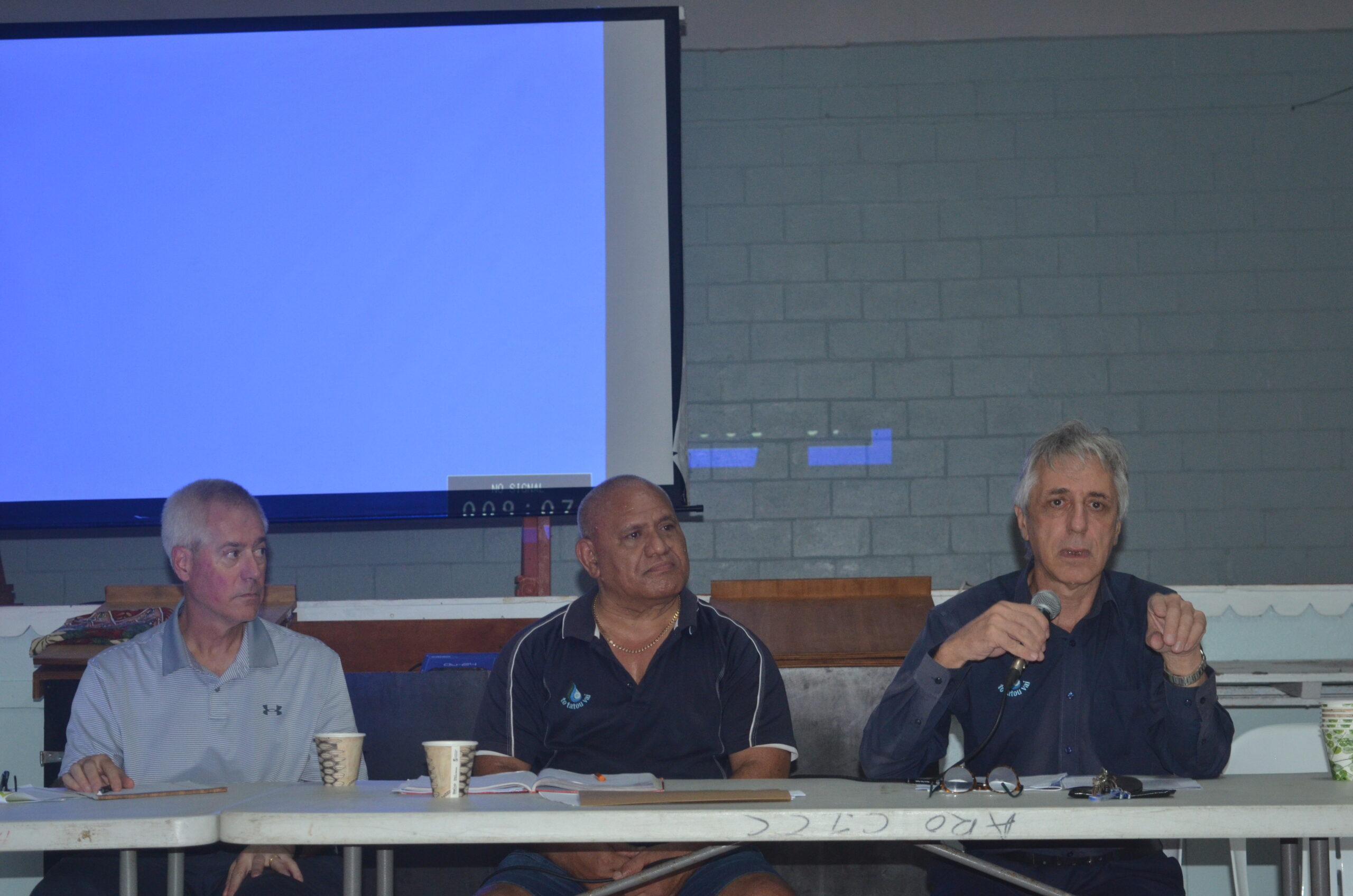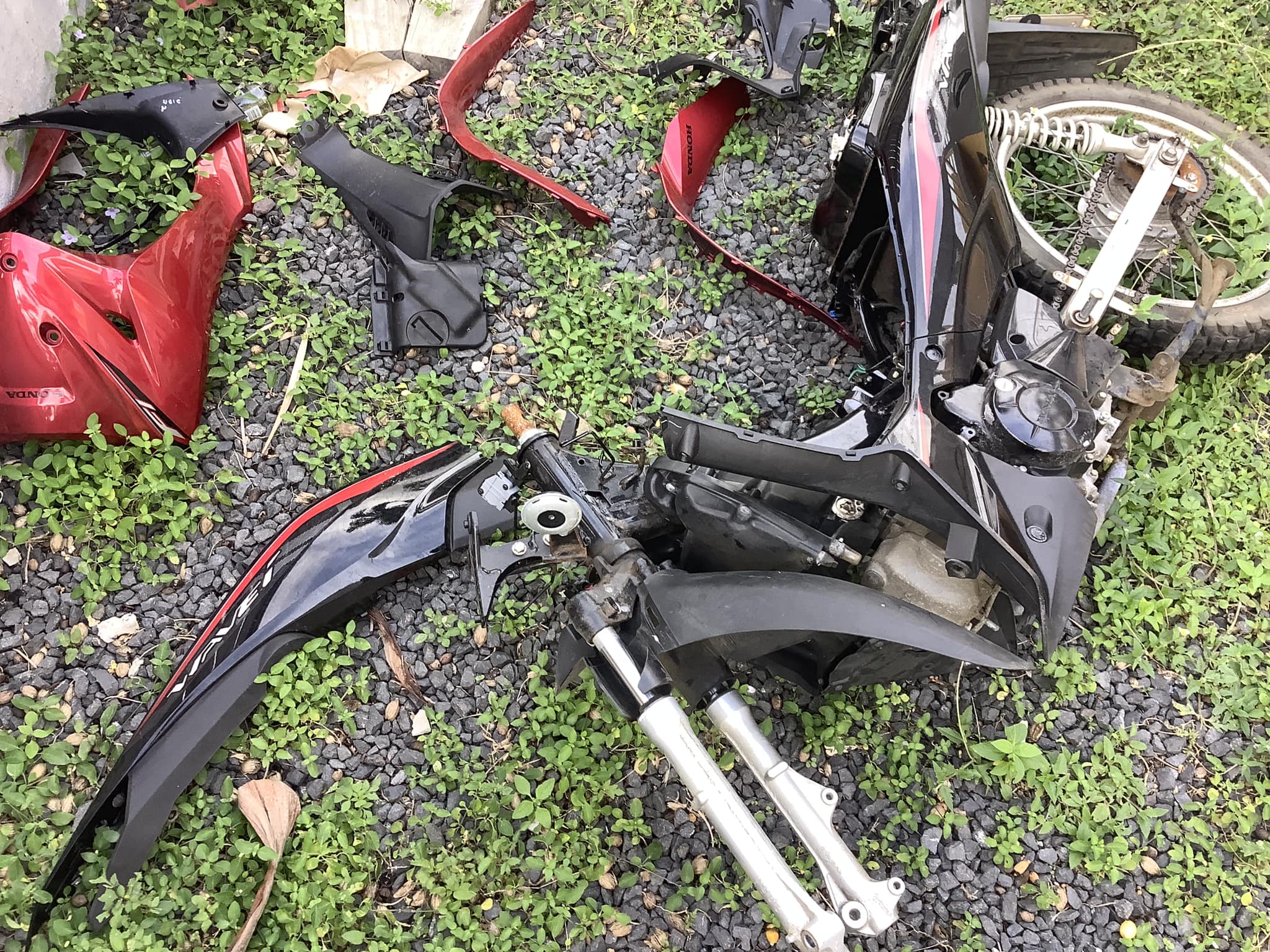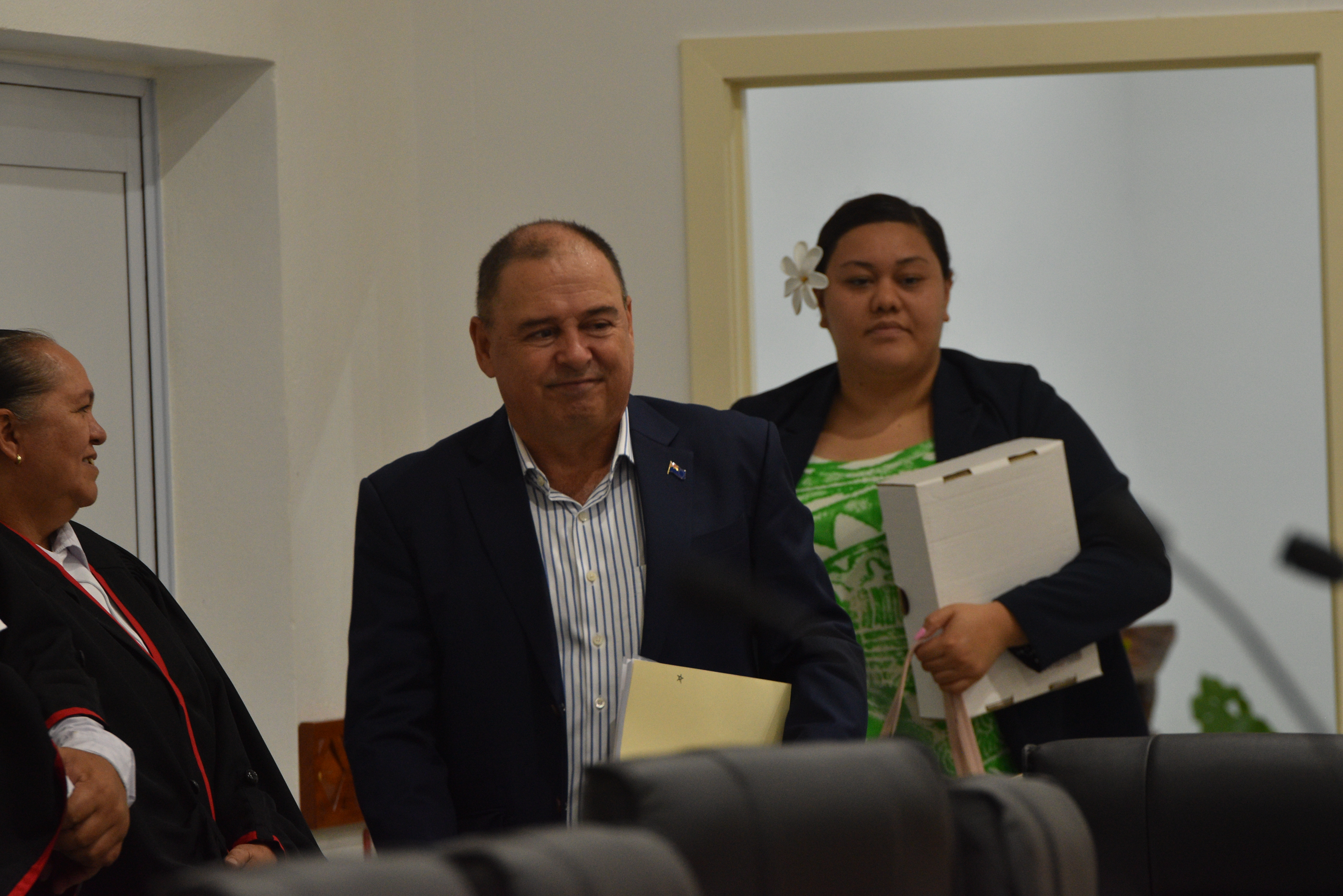The sacrifices animals make in conflict
Wednesday 27 April 2022 | Written by Supplied | Published in Local, National
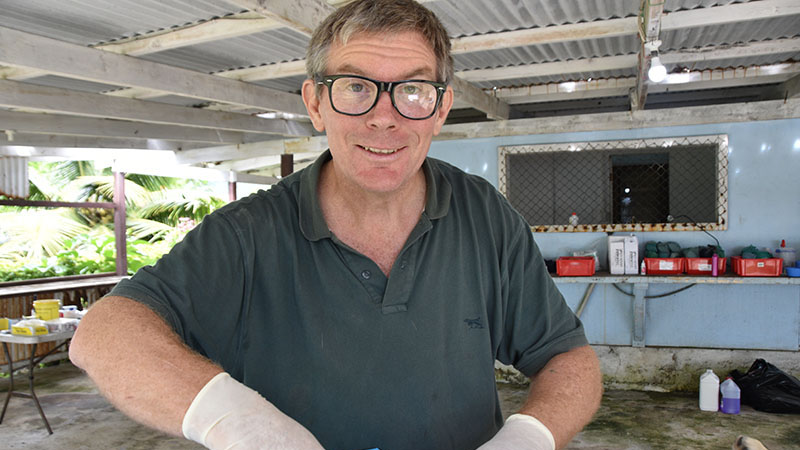
Te Are Manu Veterinary Clinic services vet Dr Michael Baer. PHOTO: AL WILLIAMS 21092206
The original Anzac Day service and parade was held on April 25, 1916, a year after the Anzac troops, along with English and French units, landed at Gallipoli.
Now over 100 years later, Anzac services are held around the world and still bring thoughts of the terror of war.
And there are some iconic images of the battles that followed, like a painting of a man standing with a donkey.
Simpson (or Henderson if you are from the eastern side of the Tasman) and his donkey represent all that is special about Anzac Day.
They trudged from the beach to the frontline and back, bringing the wounded to the shore for evacuation.
They put themselves in harm’s way to help the wounded.
The trek was through some of the most exposed and dangerous terrain on the battlefield.
After having rescued 300 injured soldiers in just over three weeks, Simpson’s luck ran out.
But his donkeys (and Henderson) kept going.
Donkeys are just some of the animals to have served, at Gallipoli, and throughout the First and Second World War.
And into the current era.
Horses, donkeys, and mules, for cavalry, transport and draught work, dogs for an assortment of roles.
And carrier pigeons.
By the thousands.
These animals performed some amazing feats, saving people at incredible risk to themselves.
It made me want to know if anyone had recognised this bravery.
It turns out that they have.
In 1943 the Peoples Dispensary for Sick Animals (PDSA) struck a medal, the Dickin Medal which is named after the organisation’s founder.
It is recognised as the Victoria Cross for animals.
It bears the inscription “For Gallantry” and “We Also Serve”.
To date the Dickin Medal has been awarded 74 times. Thirty-seven dogs, four horses, one cat and 32 pigeons have received it.
As with the Victoria Cross, often the award was made posthumously.
There has also been one Honorary award, to War Horse “Warrior”, to celebrate all of the animals who served in World War 1.
Like Simpson’s Donkey.
And like the VC, the Dickin Medal is still awarded.
Hertz, a German Shorthaired Pointer dog is the most recent.
He received his medal in February 2022.
Reckless, a US Marine Corps horse, was awarded the medal in 2016.
Improvements in communication have made carrier pigeons a thing of the past.
But the citations for the medals awarded to some pigeons are fascinating.
Pigeon DD.43.T.139 didn’t have the most memorable name, but managed to fly 64km in 50 minutes through a tropical storm to save the crew and cargo of Army Boat 1402.
The equally excitingly named DD.43.Q.879, was with US forces on Manus Island, north of New Guinea when they were attacked by Japanese.
Cut off and without other communication they released their pigeons, two of whom were shot down.
Our hero flew through heavy fire to headquarters where relief and rescue were arranged.
Many of the citations are brief, and often don’t include a date.
But they are interesting. And relevant. The people who served in all of our wars deserve our respect and gratitude, and so do the animals that served as their comrades.





